Adani Group’s Major Step into Petrochemicals Sector
The Adani Group is set to commission the first phase of its ambitious USD 4 billion PVC project by December 2026, marking its entry into the petrochemicals sector. This sector currently faces a significant gap between domestic demand and supply, sources revealed. Polyvinyl chloride (PVC) is a widely used synthetic plastic polymer, essential for products ranging from raincoats and shower curtains to window frames, plumbing pipes, medical equipment, wire insulation, bottles, credit cards, and flooring.
Establishing a Petrochemical Cluster in Mundra
India’s annual demand for PVC stands at approximately 4 million tonnes, yet domestic production capacity is only about 1.5 million tonnes, resulting in a notable supply-demand imbalance. As this disparity is projected to widen with increasing consumption, the Adani Group aims to capitalize on this opportunity. Adani Enterprises, the group’s flagship company, is establishing a petrochemical cluster in Mundra, Gujarat, which will include a PVC plant with an annual capacity of 2 million tonnes, to be developed in phases, according to sources with direct knowledge.
Strategic Comeback and Project Financing
The project’s initial phase, with a capacity of 1 million tonnes per annum, is scheduled for commissioning by December 2026. After halting the project in March last year due to financial and governance concerns raised by a report from US short seller Hindenburg Research, the Adani Group refocused on core competencies. The conglomerate raised over USD 5 billion in equity and doubled that in debt, fully repaying share-backed financing. With market confidence restored, Adani Group resumed work on the petrochemical plant. The project is being financed by a State Bank of India (SBI)-led consortium of lenders.
Future Prospects and Demand Drivers
Adani Group plans to implement Acetylene and Carbide based PVC production processes for the Mundra project, having already received environmental clearance and consent to establish the project. India is expected to add the most PVC capacity by 2027, driven by construction and agriculture sectors. Government programs like PMKSY, AMRUT, and Housing for All are boosting demand for pipes and tubes. As a result, PVC demand in India is projected to grow at a compound annual growth rate (CAGR) of 8-10 percent between fiscal years 2023 and 2026.




